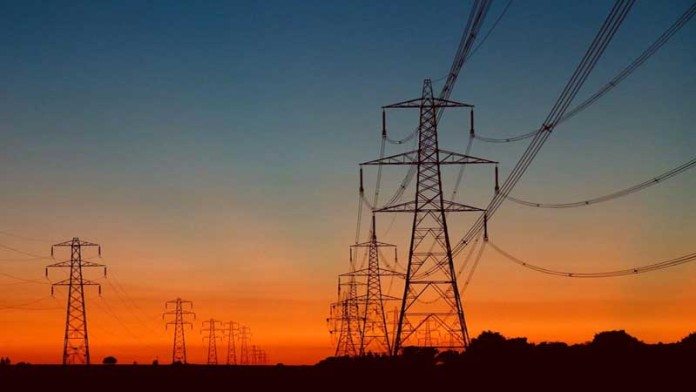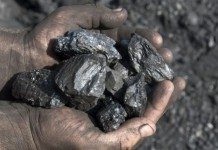
TARIFF increases allowed to South Africa’s energy utility Eskom would lead to an increase in electricity costs of R13.5bn by the end of 2024 – a 33% leap, said the Minerals Council South Africa.
The country’s energy regulator yesterday approved an 18.65% power price rise for Eskom from April 1, the start of its 2023 financial year. Eskom had sought an increase of more than 32%.
Nersa, the regulator, also approved a 12.74% tariff increase for the following year which the Minerals Council said would result in a four percentage cost increase “materially squeezing profit margins”. Average input costs were running at above 15% at the end of 2022, it said.
“The adverse operating environment of unreliable and expensive electricity, and a crisis in transport logistics for bulk mineral exports erode the mining sector’s global competitiveness and may very well culminate in job losses in mining,” said Henk Langenhoven, chief economist at the council.
Cost inflation in the mining sector is expected to moderate if not plateau this year, but analysts at RMB Morgan Stanley said in a report today that the lag effect of some costs means it might “well take some time before we see the impact in mining unit costs”.
Commenting on the tariff hike, Langenhoven said electricity will make up about 12.5% of South African mining costs by the end of 2024 from 9% now.
Sustained inflationary pressure on South African miners is also exacerbated by falling production or sales. The declining performance of Transnet Freight Rail, a division of Transnet, may perpetuate disappointing sales numbers, mainly for bulk miners such as iron ore, coal and manganese producers.
CSIR, a research institute, said Eskom’s current loadshedding costs R87 per kW hour. This compares to R7,50/kWh for diesel. Eskom recently increased loadshedding to stage six which results in power curtailments of about 20% of total power for some mining firms.
Langenhoven said loadshedding was damaging the effectiveness of capital items such as smelters which were electricity intensive. Even before the adoption of stage six loadshedding smelters were experiencing “uncharacteristic trips as they were not designed to operate under these conditions”.
The uncertain trajectory of tariff increases as well as unreliable power supply meant that it was increasingly difficult for mining companies to rate the competitivness of brownfields expansions or new project builds on their properties.











